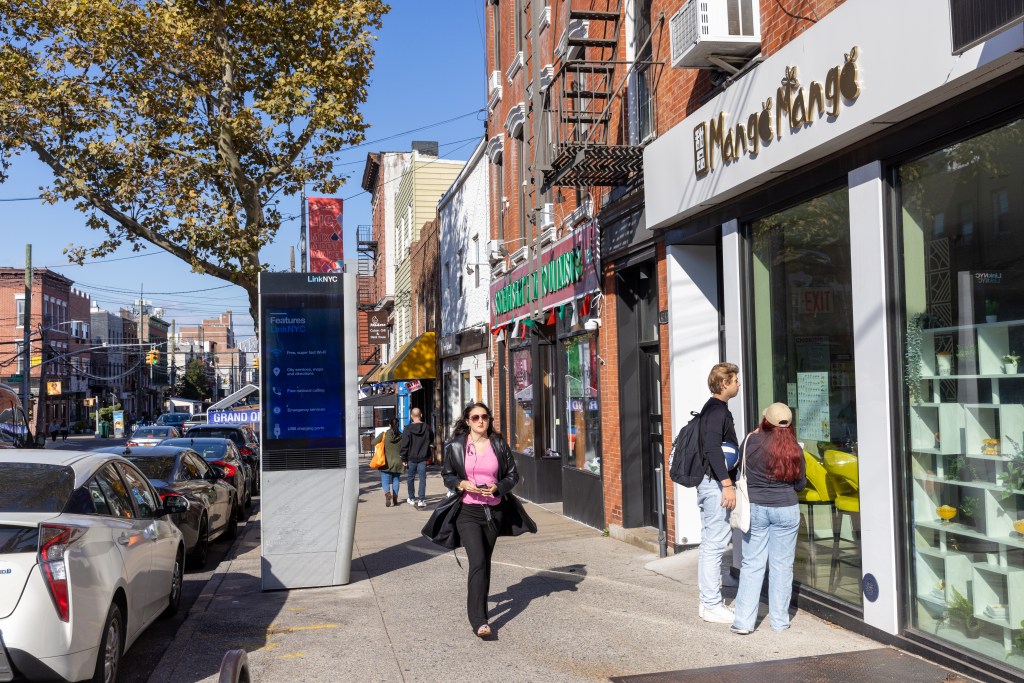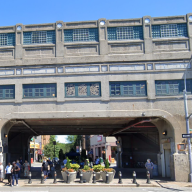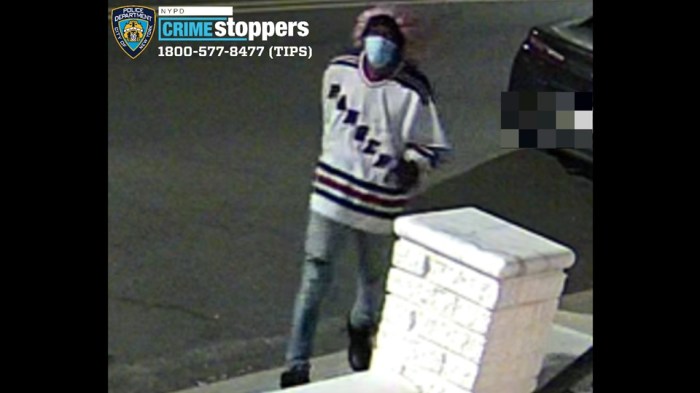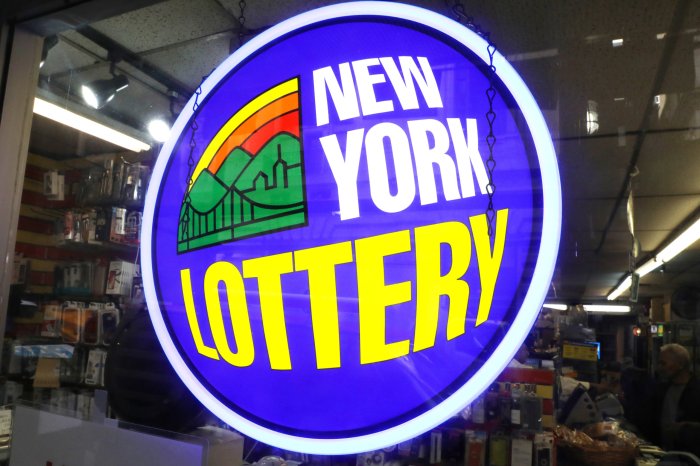Want Tougher Fines For Posting Eyesores
City Council Members Daniel Dromm and Mark Weprin are taking measures to prevent businesses from illegally posting advertisements on public property.

At a press conference last Tuesday, Oct. 9, both legislators were joined by various civic leaders to demand the strengthening of existing laws that prohibit the placement of signs on things such as lampposts, trees and utility poles.
Due to a lack of proper enforcement especially in many areas of Queens, they noted, signs are regularly plastered on public property, creating blight in the affected communities. To that end, Weprin introduced legislation earlier this year that would triple the fines for violators.
“The number of illegal signs is multiplying, and we must increase both fines and enforcement to discourage this pattern from continuing.” said Weprin.
“My office has attempted on numerous occasions to contact and work directly with the businesses that regularly post their signs on public property,” added Dromm. “However, most have been unresponsive to and uncooperative with our requests that they cease their illegal advertising. That is why we must take action to deter these businesses from continuing to litter our neighborhood.”
The placement of these advertisements is violation of the New York City Administrative Code which provides, “It is illegal for any person to paste, post, paint, print, nail or attach or affix by any means whatsoever any handbill, poster, notice, sign, advertisement, sticker, or other printed material upon any curb, gutter, flagstone, tree, lamppost, awning post, telegraph pole, telephone pole, public utility pole . . . or other similar public item on any street.”
Illegally posted signs can also be distracting for motorists, causing many safety concerns. In addition, defacing public property ultimately strains resources when it is time for the city to clean up.
“When signs eventually fall off, they can create a hazard, as the nails used to affix them are exposed; the signs litter our streets, gardens and parks. It’s just another form of graffiti that is bringing down the quality of life in our communities,” said Frederick Kress, coordinator at Citizens Against Graffiti Everywhere.





























